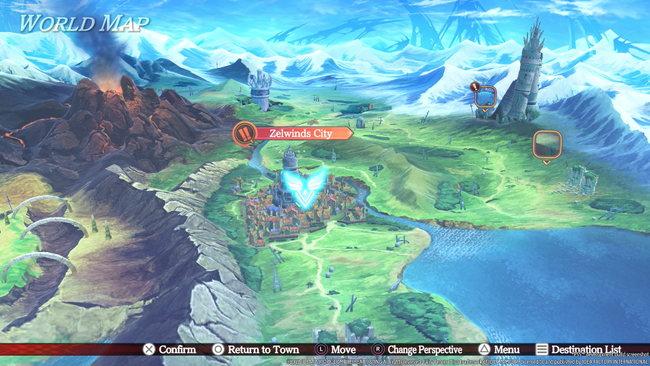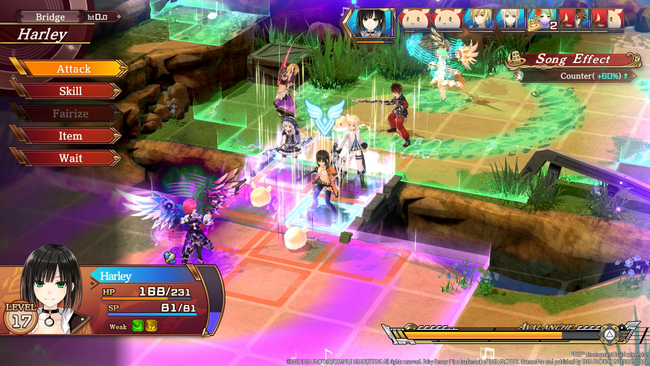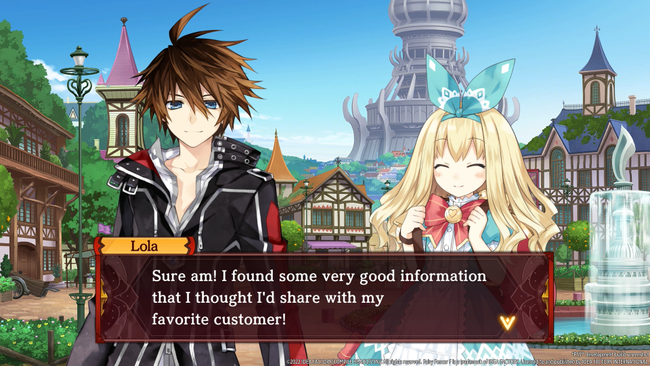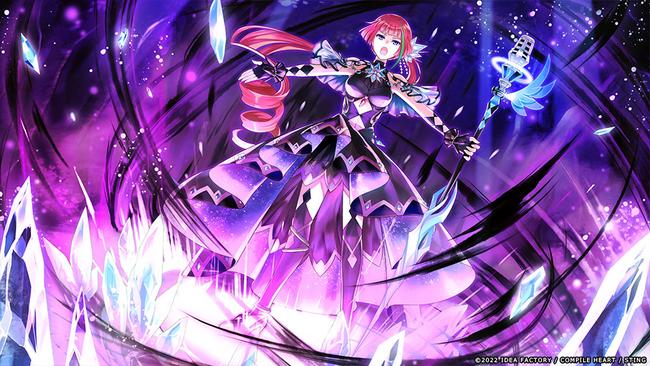
Fairy Fencer F: Refrain Chord Review
It’s hard to tell who, exactly, Fairy Fencer F: Refrain Chord is for. On one hand, it would be easy to dismiss it as something of a spin-off - an alternative take on the events of the original and PS4 re-release that launched in 2014 and 2016 respectively. Yet at the same time, despite not directly following up on the events of the plot threads laid down by Advent Dark Force, it wouldn’t be entirely correct to say that Refrain Chord itself is standalone - it’s not a game I would ever recommend to someone who wasn’t already familiar with Zelwinds and its world.
Unlike the previous entries in the series, Fairy Fencer F: Refrain Chord abandons any pretense of being a more traditional RPG to fully embrace its Tactical RPG lineage; in practice, the shift wasn’t nearly as much of an about-face as I’d expected heading in. Since Fairy Fencer F was already halfway to being a TRPG, the shift to Sting developing the franchise into a proper grid-based Tactics game manages to maintain much of the same feelings of the original game's combat.

Adding a new wrinkle to combat is the edition of the Fairy Aria system; the twin muses Fleur and Glace are new units that will appear in essentially every mission, and they have the special ability to sing a song that will affect an area of the map to empower their allies. If the area of effect for both songs overlap, the buffs for both parties will greatly increase - offering a risk vs reward of deciding whether it’s worth going for the higher bonus afforded by your own Muse’s song, while leaving yourself open to the same buffs applied to the enemy team.
As a Tactical RPG, Refrain Chord is fine. Fencer Points you receive alongside experience can be used to upgrade your unit's stats, as well as to unlock specific abilities and attacks that can further bolster their versatility in battle; equipping Sub-Fairies allows you to either offset some of their weaknesses or play to their strengths. These Sub-Fairies, much like in the previous games, are unlocked through both the story as well as rewards for sidequests. These rewards come in the form of “Furies”, the weapons in which the spirit of each Fairy is found.

World-Shaping, which was a feature from the previous games, returns as a retooled minigame that players can use to look for resources across the world map, which can be used later on in synthesizing, or sometimes equipped directly as an accessory on your units for a special buff. It’s a neat way of recontextualizing the system, but much like with the Sub-Fairies themselves it lends itself to busy work that can absolutely annihilate the game’s pacing.
I alluded to it earlier, but the game’s story finds itself in a weird space, where it will pay homage to the events of the routes from Advent Dark Force, and even makes use of some of its exclusive characters - but at the same time, it’s clear that the events of Refrain Chord aren’t explicitly following up on those of the previous games. It’s not a reboot, nor is it a retelling - rather it’s in a rather precarious situation where it’s very ambiguous where the story would begin on the timeline, and yet it does expect players to be familiar with these characters and how they’ve interacted among the cast before.

This is where I’ll make a special note that the game’s scenario was not written by Toshiki Inoue, so make of that what you will. The story itself is fine, and the characters themselves didn’t seem mischaracterized - but the story was handled by a different team, so perhaps it isn’t surprising that the game was unable to directly follow up on the events of the previous games. In other words, even if Refrain Chord did manage to bring the series out of hiatus - and I have my doubts, especially owing to the game’s incredibly poor sales performance in Japan (which might have a thing to do with this localization skipping out on an English dub track) - it’s hard to see how it might adhere to the original plan which Inoue might’ve had for the franchise as a whole. Perhaps it’s not entirely fair to say as much; but for lack of a better word, Idea Factory’s track record here has been dicey to put it best.
The version of the game I reviewed was the PC release, which for whatever reason received a near last-minute delay to a month after the console launch. The port itself is fine; basic, but it works, and Steam Deck owners should be happy to learn that it plays without any issues at 60FPS with a solid 4 hours of battery life with the TDP limited to 8 watts. While I didn’t test the Nintendo Switch version myself, I’ve heard that the performance on Nintendo’s handheld left a lot to be desired. If nothing else, if you’re looking for a TRPG to play on Valve’s handheld gaming PC, I can certainly recommend it for that alone.

At the end of the day, I find myself conflicted with Fairy Fencer F: Refrain Chord’s very existence. It’s not a bad game, it’s actually a solid TRPG - but it’s not the follow-up that I believe many Fairy Fencer F fans had been hoping for. Taken on its own merits I’d still give it a recommendation for fans truly looking for more out of the franchise, but it’s hard to not think about what could have been. Refrain Chord is a good Fairy Fencer F game, but perhaps not what the series needed right now.